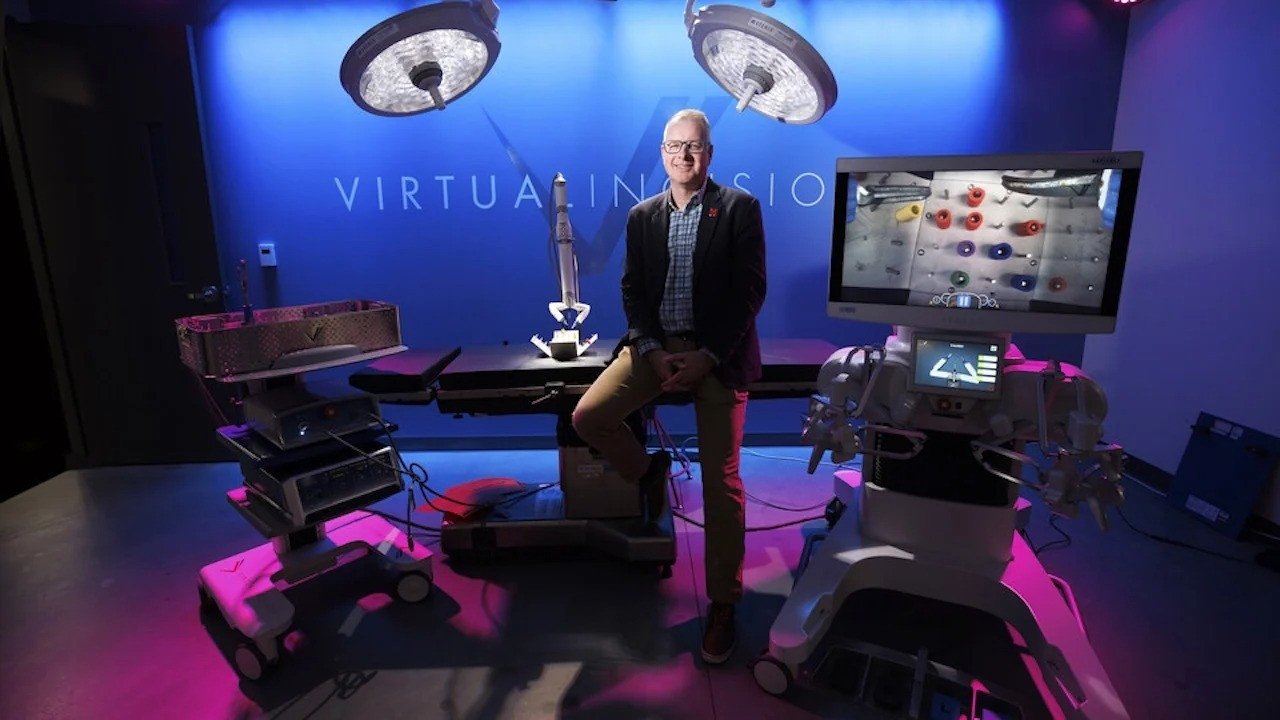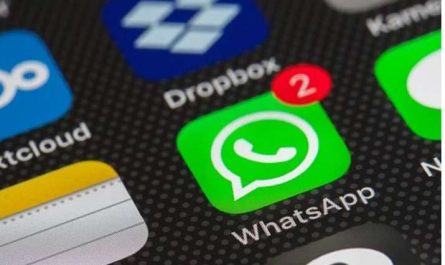NASA anticipates sending a little careful robot, MIRA (scaled down in-vivo mechanical right hand), to the International Space Station in 2024.
The organization granted Virtual Incision, a startup based at the University of Nebraska-Lincoln’s Nebraska Innovation Campus (NIC), $100,000, which has gone through over 15 years creating MIRA.
Shane Farritor and designing alumni Rachael Wagner, expect on going through one more year composing programming, arranging the bot, and testing its utilization in space. MIRA is supposed to get onto after almost twenty years since Virtual Incision’s establishing in 2006.
“NASA has been a drawn out ally of this exploration and, as a zenith of that work, our robot will get an opportunity to fly on the International Space Station”, Farritor says.The robot will permit specialists to carry out procedure in a less obtrusive way and they will actually want to remotely make it happen. MIRA has recently been coordinated to perform “medical procedure like errands” by resigned NASA space traveler Clayton Anderson.
The robot should figure out how to function independently and will rehearse signals that emulate a medical procedure like cutting extended elastic groups and moving metal rings along a wire. Wagner accepts the excitements are vital in view of the relative multitude of information that will be gathered from these tests.
MIRA is being modified to monitor space station correspondences transfer speed and limit space travelers’ experience with the analysis.
As indicated by Farritor, “The space traveler flips a switch, the interaction begins, and the robot takes care of its responsibilities without help from anyone else. After two hours, the space explorer turns it off and it’s done.”Participants “get a feeling of the various customs, culture, engineering, get a feeling of the world without the need to really burn through lots of cash on make a trip and add to worldwide fossil fuel byproducts,” Shanit said.
Utilizing a 360-degree camera, a lidar scanner and his background as a photojournalist, Shanit in 2015 started to catch recordings and photographs of Christian, Islamic and Jewish strict celebrations and heavenly destinations in his local Jerusalem. He then, at that point, sewed the recording and pictures together carefully to make an outwardly vivid encounter.
Virtual pioneers can follow Orthodox priests as they rise up out of the Church of the Holy Sepulcher in the Holy Fire service, with candles got by a fire going that the steadfast view as a heavenly message. They will likewise hear chimes ringing and serenades of “The Lord has ascended!” in numerous dialects. They can fold a request note into a break of the Western Wall, or follow the means of thousands of admirers during Ramadan at the Al-Aqsa Mosque.



